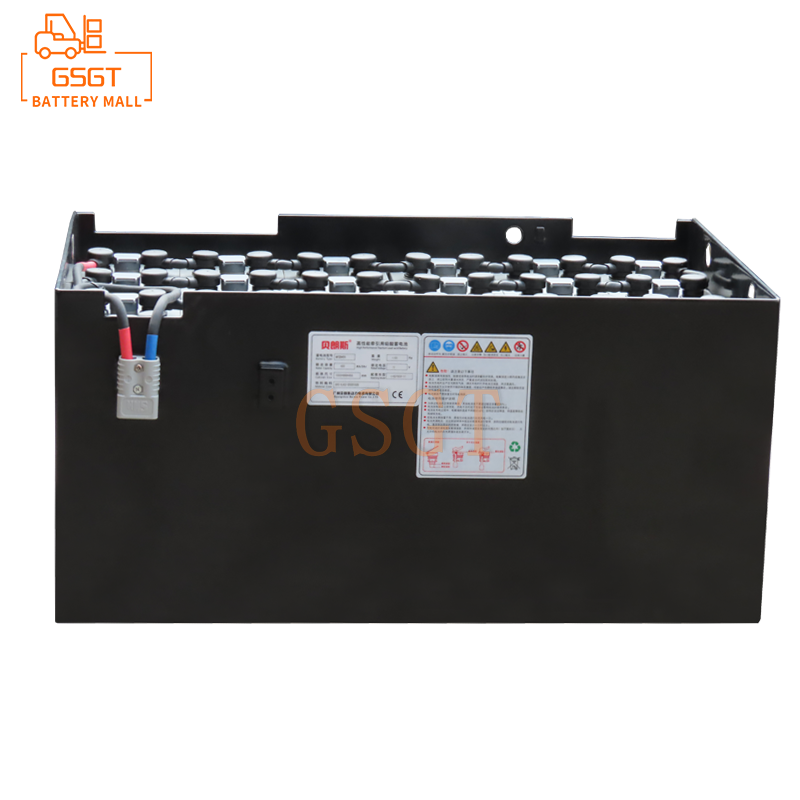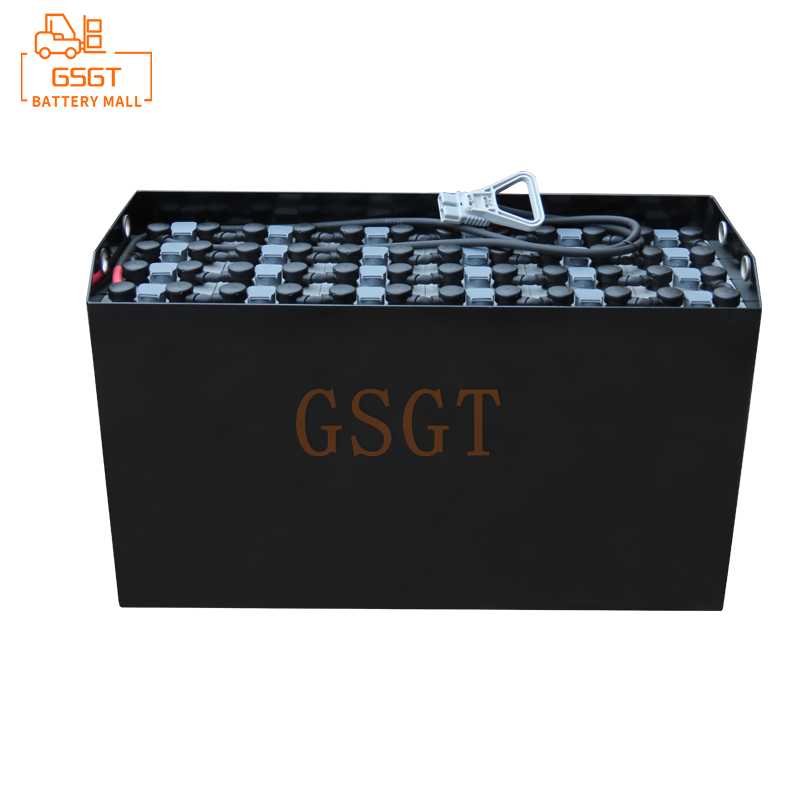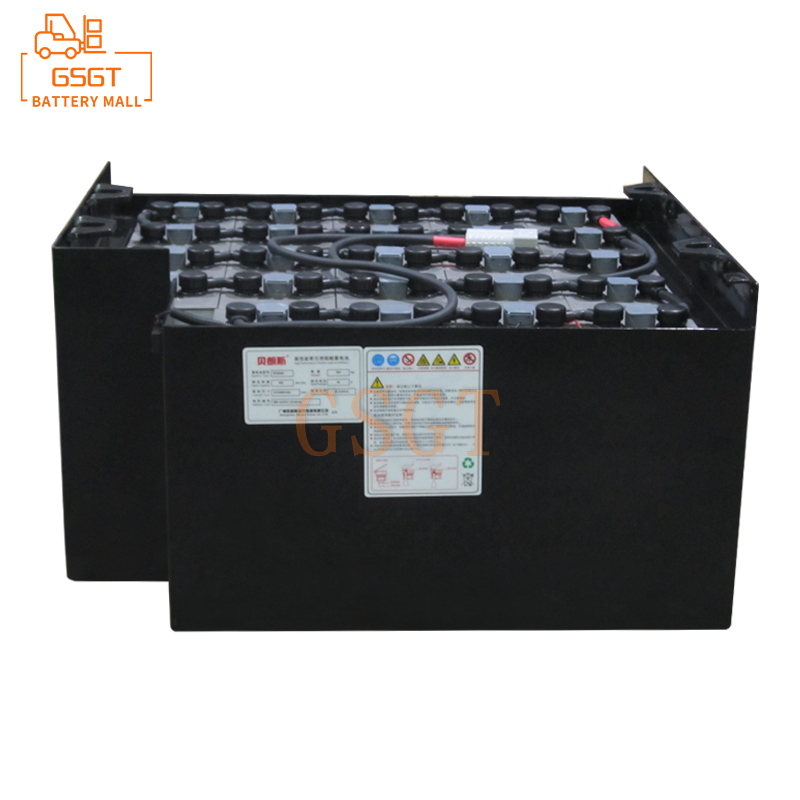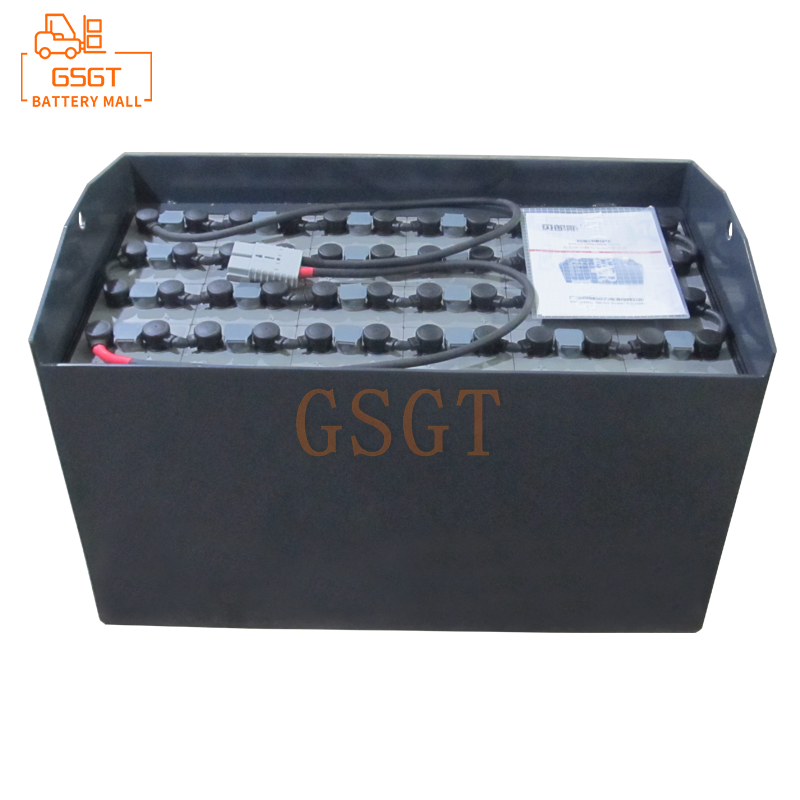Time:2025-03-01 18:46:25
Browse:199
Installation environment selection: Keep away from hidden dangers and create suitable space
1.Avoid high temperature and humidity: Lead-acid batteries are extremely sensitive to ambient temperature and humidity. High temperature will accelerate the battery water loss and plate aging, shorten the service life; Damp environment is easy to cause corrosion of battery shell and electrode, and even cause short circuit. Therefore, it is strictly prohibited to install it in high-temperature areas such as boiler rooms and steam rooms, as well as wet places such as basements and toilets. The ideal installation environment temperature should be maintained at about 25 ° C, and the relative humidity should be 40%-60%. If a high temperature environment cannot be avoided, install cooling devices such as air conditioners and fans. For humid environments, a dehumidifier can be used to control humidity.
2.Anti-shock: Battery in transportation and use, should avoid strong vibration and impact. The installation location must be far away from vibration sources, such as large mechanical devices and generators. If it is installed on the vehicle, ensure that the battery is fixed firmly, use a special battery fixing frame, and tighten with bolts to prevent the vehicle from moving and bumping the battery, damaging the internal structure.
3.Maintain good ventilation: flammable and explosive gases such as hydrogen are generated during the charging and discharging of lead-acid batteries. If the installation space is not well ventilated, gas accumulation, in case of open fire or static electricity is easy to cause explosion. Therefore, the installation location should be selected in an open area with good ventilation, such as an independent battery room, and equipped with exhaust fans to periodically exchange air and discharge harmful gases in time.
Before installation: Check carefully to ensure that accessories fit
1.Battery appearance check: After receiving the battery, carefully check the appearance. Check whether the shell is cracked or damaged, and whether the electrode column is deformed or corroded. If any problem is found, contact the supplier for replacement in time to avoid leakage and poor contact after installation.
2.Fitting specifications: Select appropriate accessories, such as cables and chargers, based on the battery model and application scenario. The cable should have enough cross-sectional area to carry the large current when the battery is charged and discharged. Generally, the battery of 12V and 100Ah is recommended to use a copper core wire of not less than 16 square millimeters. The output voltage and current parameters of the charger should be accurately matched with the battery specifications, otherwise the battery may be overcharged or under-charged, affecting the life.
3.Tools: All required tools, such as wrenches, screwdrivers, and multimeters, have been prepared. Before use, check whether the tool is in good condition and the accuracy is up to standard to avoid installation errors caused by tool problems. For example, a multimeter can be used to measure battery voltage and cable resistance to ensure normal circuit parameters before and after installation.
Installation operation process: standardized steps to prevent operation errors
1.Correctly connect cables: When connecting positive and negative battery terminals, observe the "positive before negative" principle. Fasten one end of the red positive connector to the positive battery pole, and then connect the other end to the positive terminal of the device; Then connect the battery negative to the device negative with a black negative connection cable. During the connection, ensure that the nut is tightened to avoid virtual spark, which may cause safety accidents. At the same time, pay attention to the direction of the connection line, avoid crossing and winding, and prevent wear and tear of the insulation layer.
2.Reasonable battery pack layout: If multiple batteries are required to form battery packs in series or parallel, plan the layout properly. When in series, the negative electrode of one battery is connected with the positive electrode of the next battery in turn; In parallel, all the positive and negative batteries are connected. The batteries should be placed in an orderly manner with enough space reserved for heat dissipation and maintenance. The spacing between adjacent batteries should not be less than 5 cm.
3.Comprehensive inspection after installation: After the installation is complete, perform a comprehensive inspection. Use a multimeter to measure the total voltage of the battery pack, and compare with the theoretical value, the error should be in a reasonable range. Check whether the connection parts are firm, you can gently shake the connection line to see if there is any sign of loosening. At the same time, observe the appearance of the battery to ensure that there is no abnormal situation such as leakage and heat before putting it into use.
In the process of installing a lead-acid battery, every link should not be underestimated. Only by avoiding these common "pit points" and operating in strict accordance with the specifications can the lead-acid battery serve you safely and efficiently, extend its service life, and ensure the stable operation of the equipment.

$2560

$1440

$3265

$3075

MESSAGE
Professional And Efficient
Security
Affordable Price
Professional Services